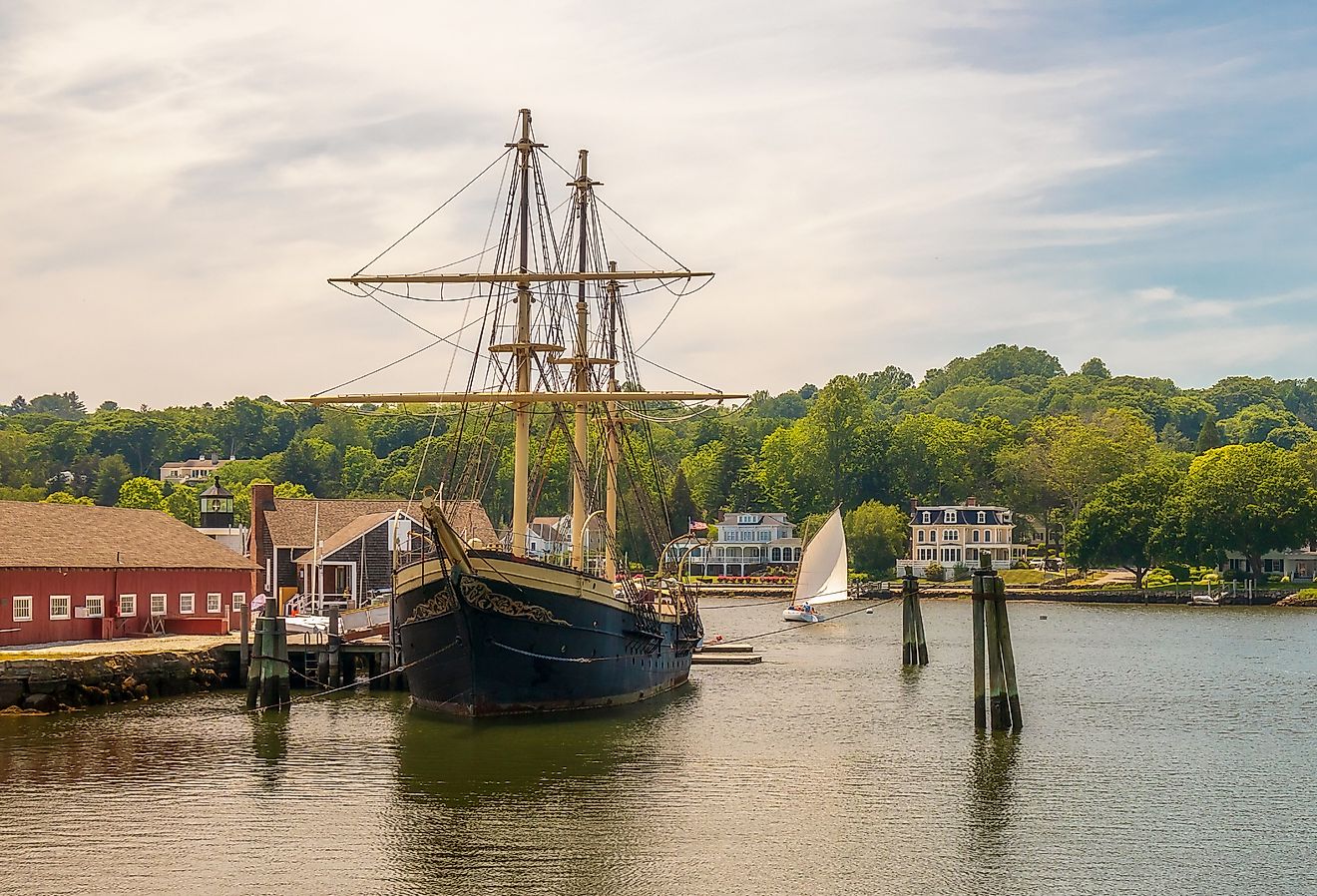Le Morne Mountain And The Maroon Republic - Historic Hideaway For Slaves In Mauritius

Le Morne’s isolation in Mauritius made it an ideal place to escape to for many slaves in East Africa in the 1700s and 1800s. Le Morne Mountain and the Maroon Republic is a United nations Educational, Scientific, and Cultural Organization (UNESCO) World Heritage Site, recognized for its historical importance in the slave trade. The site is a testimony to the maroon movement, wherein slaves escaped oppression in search for freedom.
5. Geography of Le Morne -
Le Morne Mountain is a massif rising to 556 meters on the southwestern edge of the island nation of Mauritius. The massif is located on a peninsular surrounded by a lagoon. The rugged mountain stands isolated, with many cliffs as well as caves. Its terrain is characterized by fissures, ravines, and steep slopes which made the mountain’s cliffs and caves inaccessible. The slaves braved the hazardous journey up the massif to escape captivity. The massif resembles a natural fortress, where the slaves formed settlements in its summit and foothills.
4. The 'Maroon Republic', Haven for Runaway Slaves -
As more and more slaves ran away to the mountain, the maroon population became so significant that the massif became known as the ‘Maroon Republic.' From the 1700s until slavery was abolished, many slaves ran away from their masters to the mountain, which had become a symbol of freedom from the oppressive life they led. The slave population in Mauritius became large as a result, and by the early 19th Century, Maroons made up about 85% of the total island’s population. The island eventually gained the title of the ‘Maroon Republic’ due to the numerous settlements on Le Morne Mountain.
3. Educational Significance and Legacy -
Le Morne Mountain is an outstanding example of the maroon movement, championed by slaves around the world. The site stands as a witness to slaves’ suffering and their corresponding fight for emancipation. The massif is a testament to the maroon’s consciousness, as they resisted oppression being aware of the existence of freedom. The site further illustrates the impact of maroon and colonial oppression. The mountain is closely associated with maroon oral traditions as they pertain to slavery and resistance. Songs, oral stories, and traditions of the Maroons are still told practiced in Mauritius. Folktales of how slaves jumped to their deaths at the sight of British officers approaching the summit to tell them that slavery had been abolished are often told in the country’s modern society. The mountain serves as a cultural and historical monument beyond its geographical location.
2. Mountain Habitats and Biodiversity -
The Mountain is home to numerous endemic and near-endemic flora species, including the Trochetia boutonania, Bois Chevre, and Hibiscus fragilis. The ebony trees on the mountain support abundant bird populations as well.
1. Environmental Threats and Conservation Efforts -
The site consists of a "Core" zone and a "Buffer" zone. The Ministry of Land and Housing in Mauritius controls developments on both of the zones to ensure the site retains its integrity. The Le Morne Heritage Trust Fund Board is mandated with the conservation of the site. The board is guided by the Le Morne Heritage Trust Fund Act (2004).











